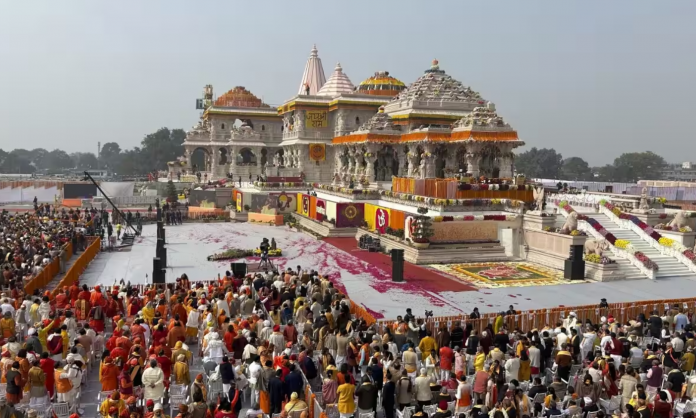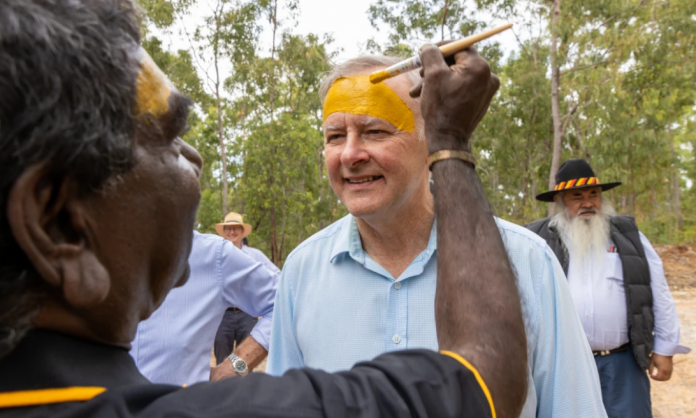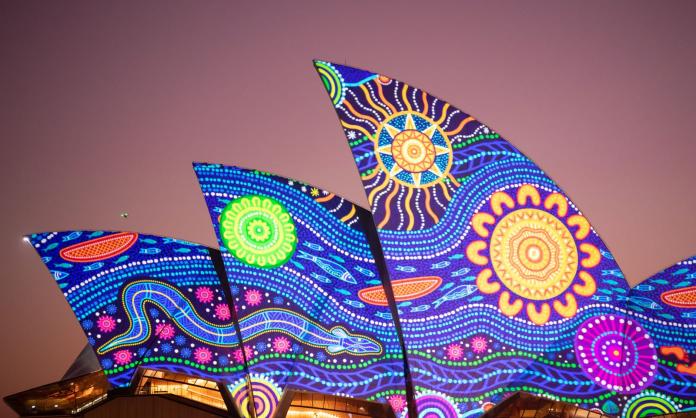Speaking from the historic Red Fort on India’s Independence Day, prime minister Narendra Modi celebrated his government’s decision to withdraw Article 370 of India’s constitution, saying: “It is our duty to fulfil the hopes and wishes of the people of Jammu and Kashmir”. Meanwhile, the streets of Srinagar – the region’s largest city – are filled with the graffiti “Go India, Go Back”.
Modi’s Hindu nationalist government has revoked the autonomous status of Jammu and Kashmir, asserting even more control over the oppressed region. As far as Modi and his supporters are concerned, the “hopes and wishes” of Kashmiris can be damned.
There were many inconvenient facts, nations and peoples that couldn’t be accommodated by the partition of India. Kashmir was one. In 1947, history’s largest ever struggle for national liberation gave way to the largest ever dispossession of peoples, as a kaleidoscope of peoples were forced to fit into a new “secular” India and Islamic Pakistan. Jammu and Kashmir were among the 150 “princely states” that fell somewhere in between.
The Nehru government drafted Article 370, the bill granting Kashmir semi-autonomous status from India. A plebiscite on statehood was promised. It never came. Instead, Kashmir became the object of a ruling class battle to determine where India ends and Pakistan begins.
Kashmiri autonomy was always a sham. The hopes and wishes of Kashmiris did not factor when India rigged Kashmiri elections and imprisoned the popular secessionist political leader Sheikh Abdullah for two decades. The Indo-Pakistani wars, the first conflicts between nuclear armed states, carved up new militarised borders without reference to the Kashmiri people’s will.
Since 1971, India has overseen an overbearing and deadly military occupation in Jammu and Kashmir. Half a million troops are permanently stationed in the region. That’s one soldier for every six civilians. The Armed Forces (Special Powers) Act empowers them to kill with impunity. And kill they do: 80,000 people have been murdered in the last 30 years. That doesn’t include the tens of thousands who have disappeared into India’s many torture chambers.
Hindu nationalists, and the Indian National Congress, have justified the Kashmiri occupation with extreme Islamophobia. Political leaders employ the tired trope that India’s pluralistic, secular democracy – leaving aside the slums, the hierarchy of caste, the unliveable pollution and insurgent fascists – are threatened by Muslims in Pakistan. And if Kashmiris are allowed self-determination, what if these predominantly Muslim peoples choose wrong, and side with the “Islamo-fascism” of Pakistan? The people of Kashmir are denied their democratic rights, supposedly for their own good.
With this familiar anti-Muslim rhetoric, beloved by imperialists and authoritarians around the world, India’s ruling class dresses up imperialism in humanitarian disguise. But the occupation of Kashmir, carried out by soldiers who gang-rape children, is not about women’s rights. It’s about territory. Kashmir shares a border not only with Pakistan, but China. As a rising economic and military power, India is hesitant to cede these regions.
As it starts “fulfilling the hopes” of Kashmiris, India is trying to shut Jammu and Kashmir off from the world. Internet and phone services have been cut off, and journalists have been barred entry to some areas. Hundreds of people have been arrested, and several killed. Is this what freedom looks like?
Modi can lie to the world, but Kashmiri people will fight back. From the armed insurgencies of 1989, to the mass general strikes of 2010, Kashmiris have risen together again and again to say: “Quit Kashmir”. These are the voices demanding attention and deserving of support.









